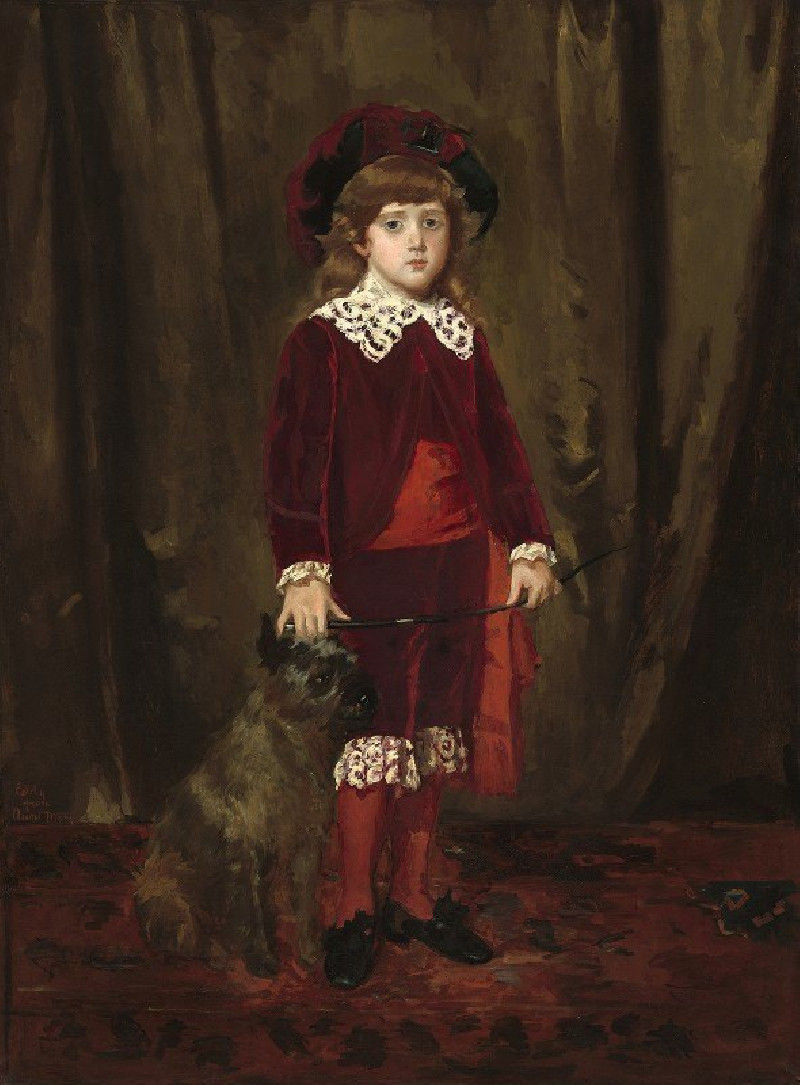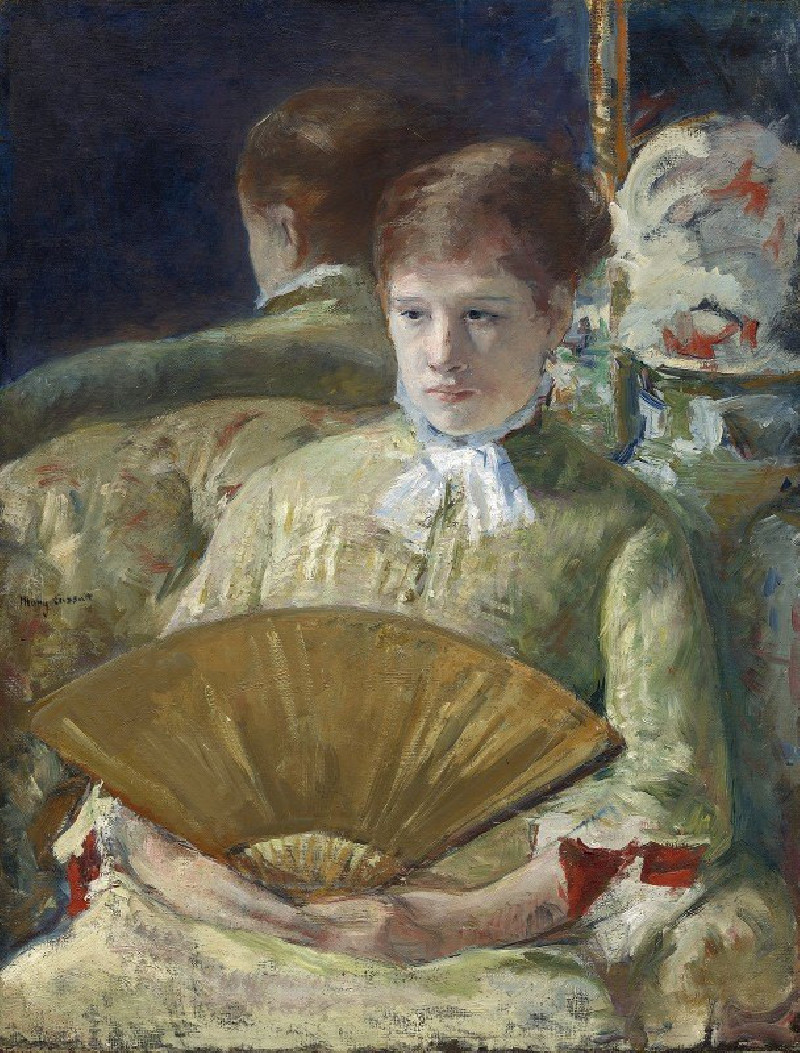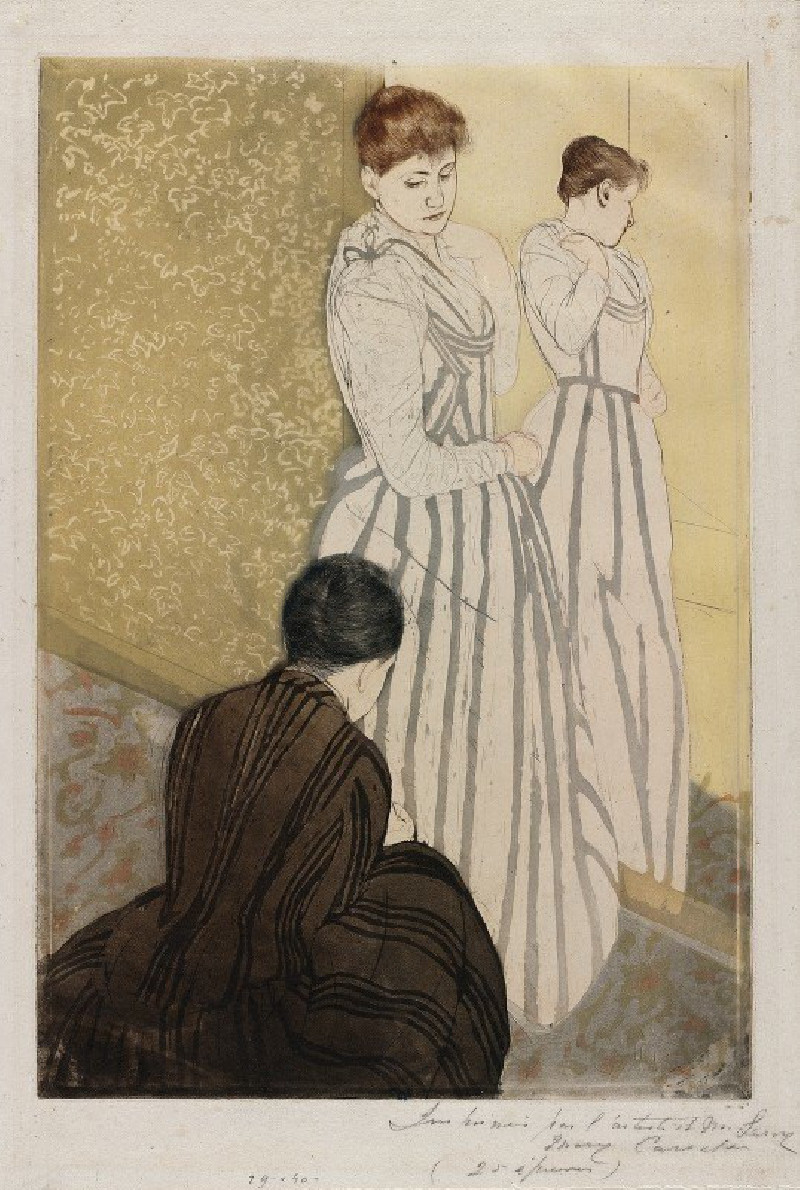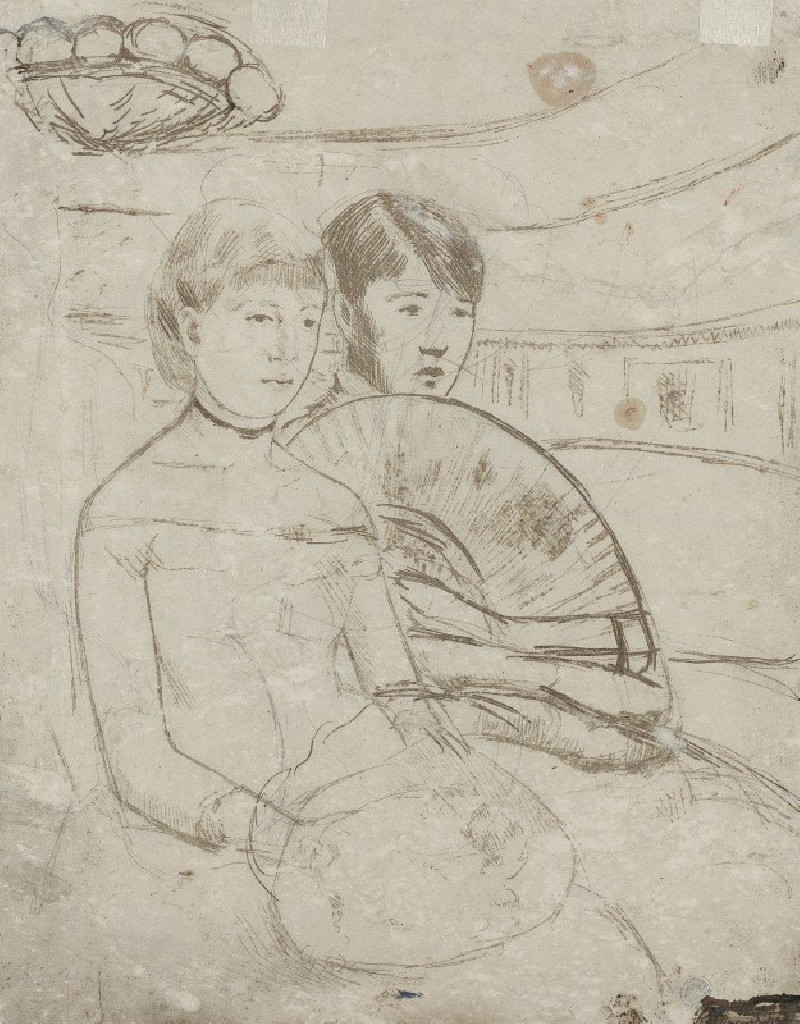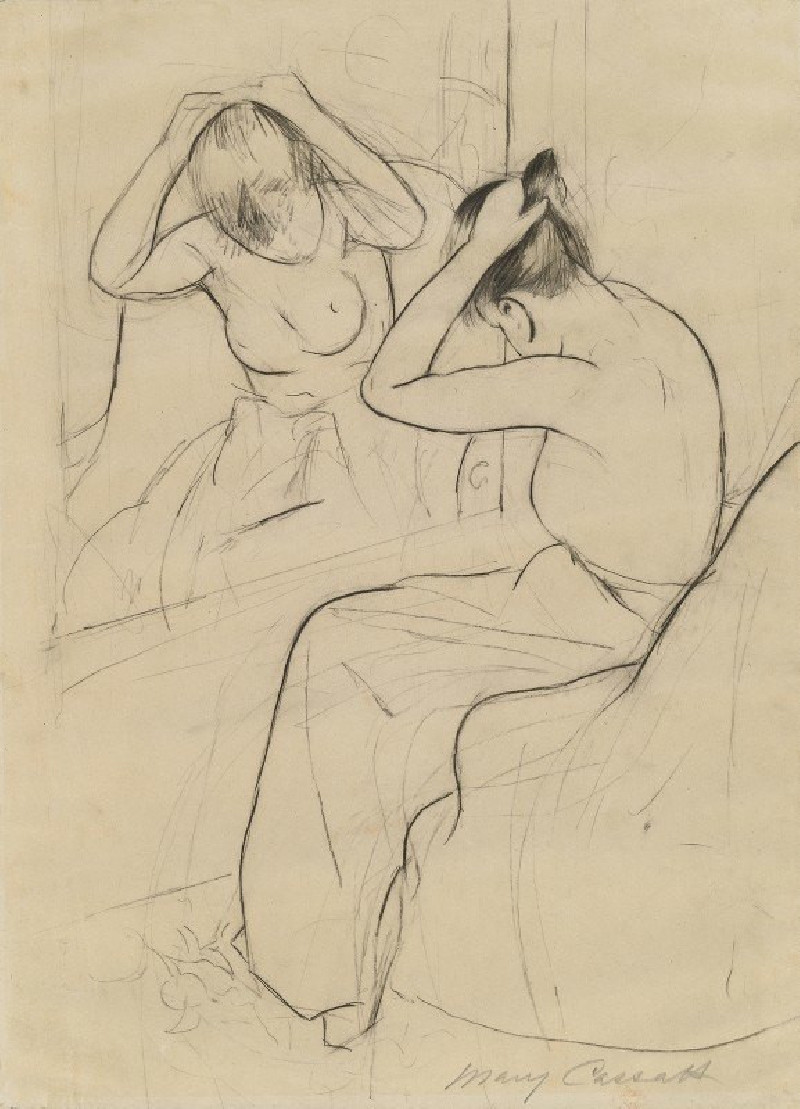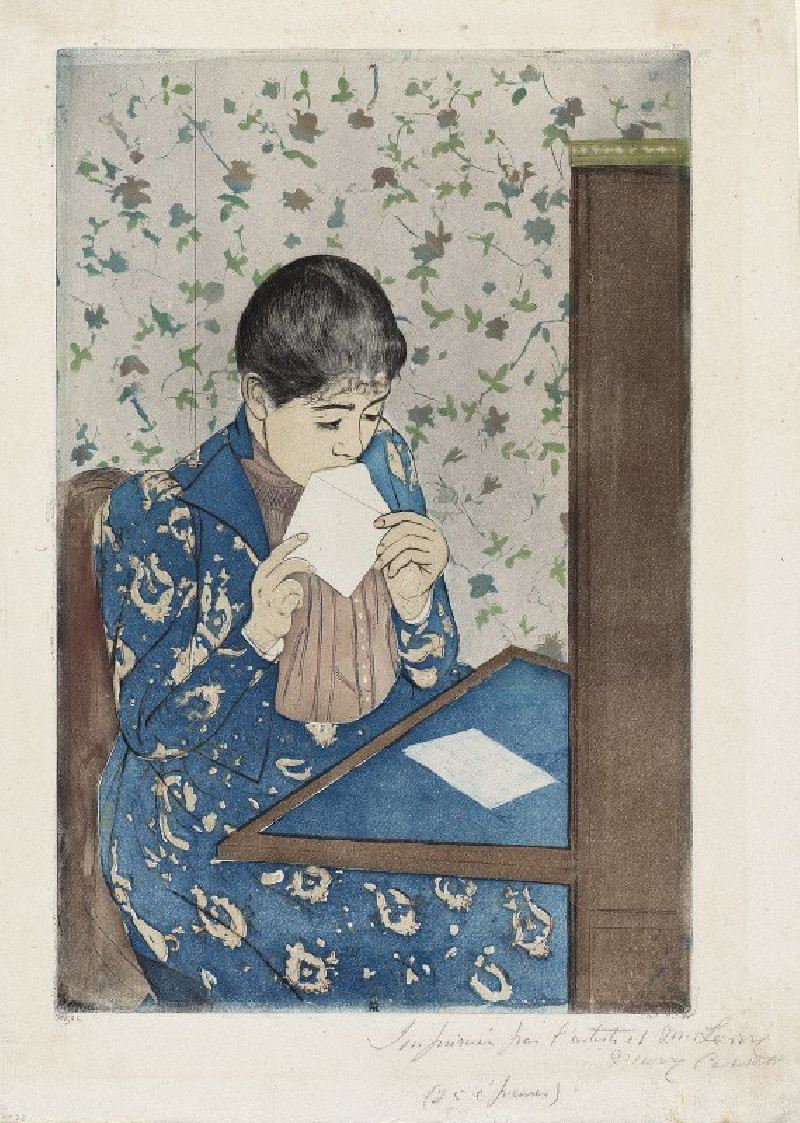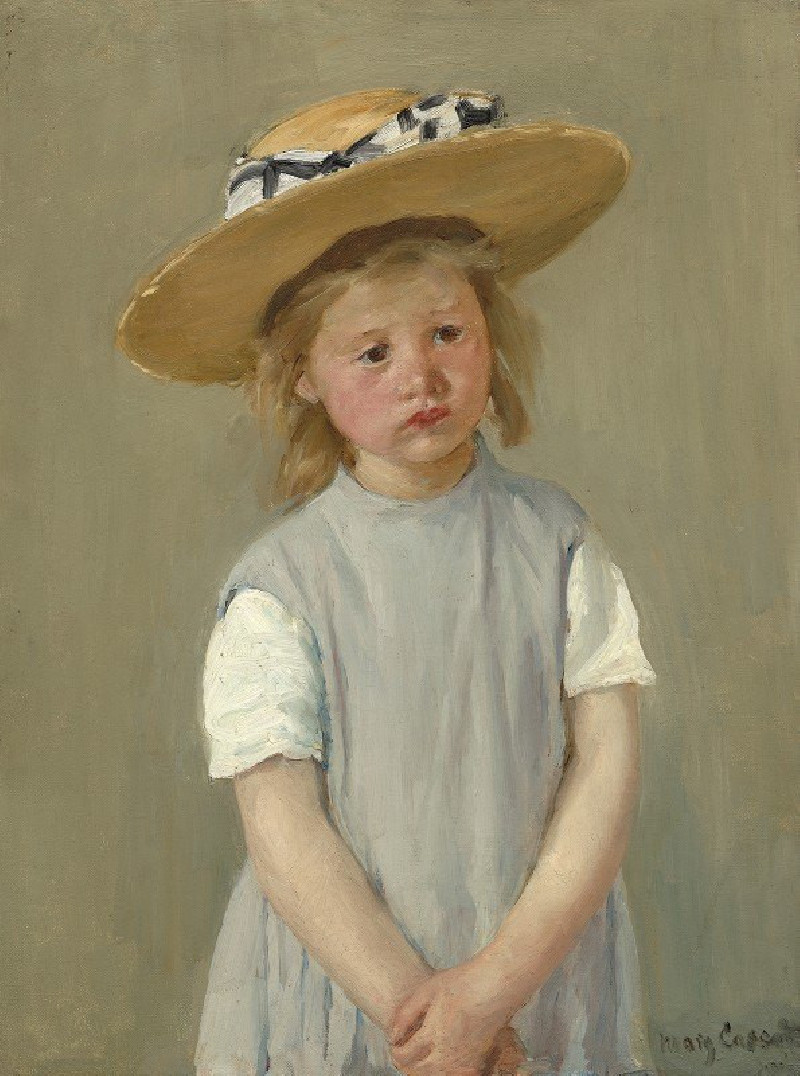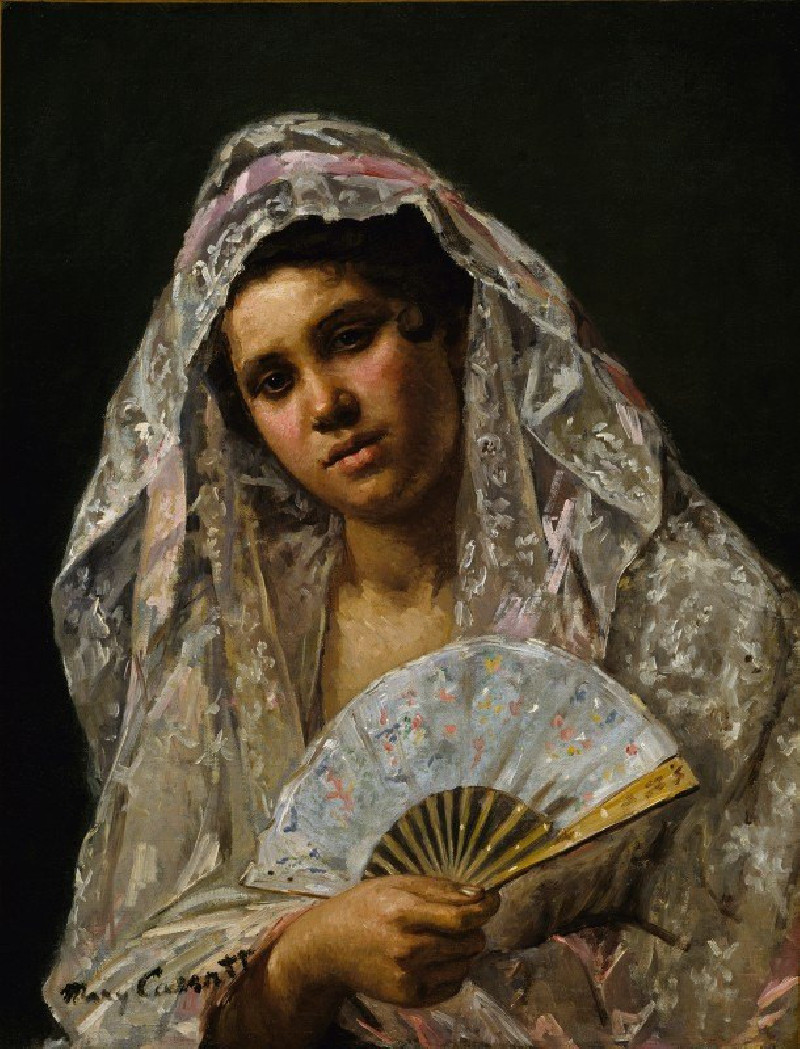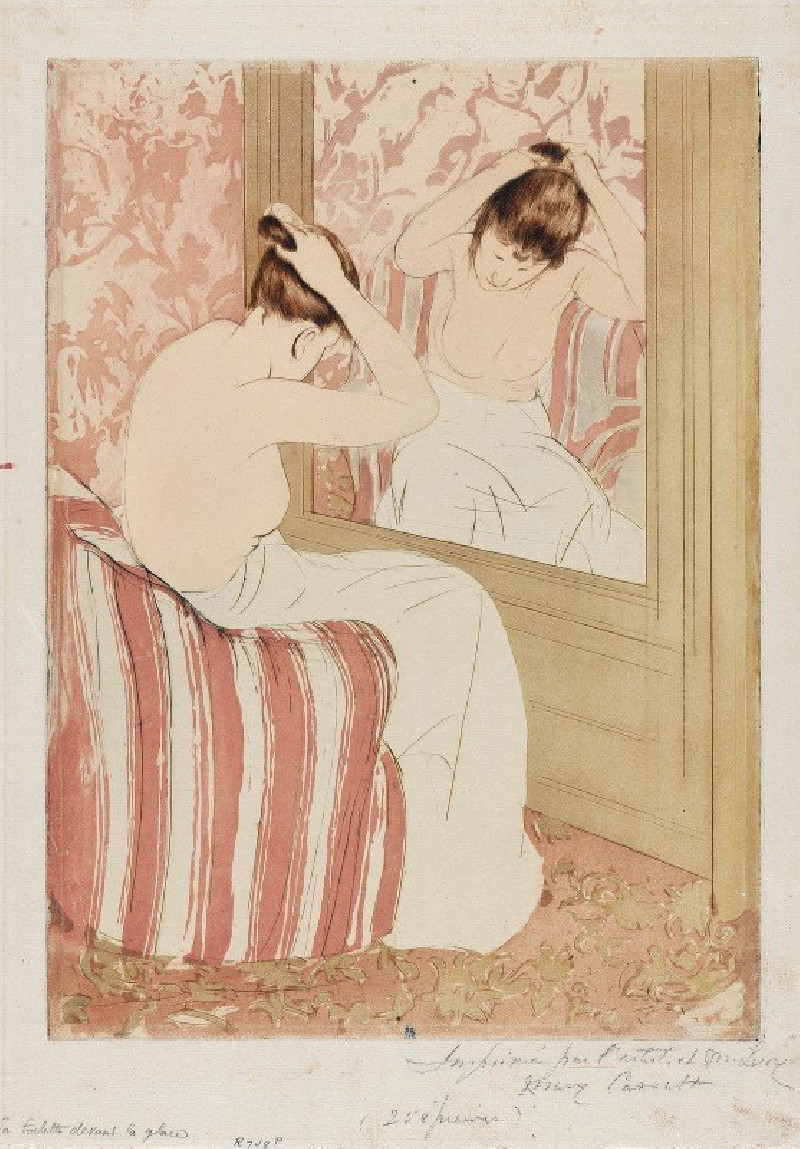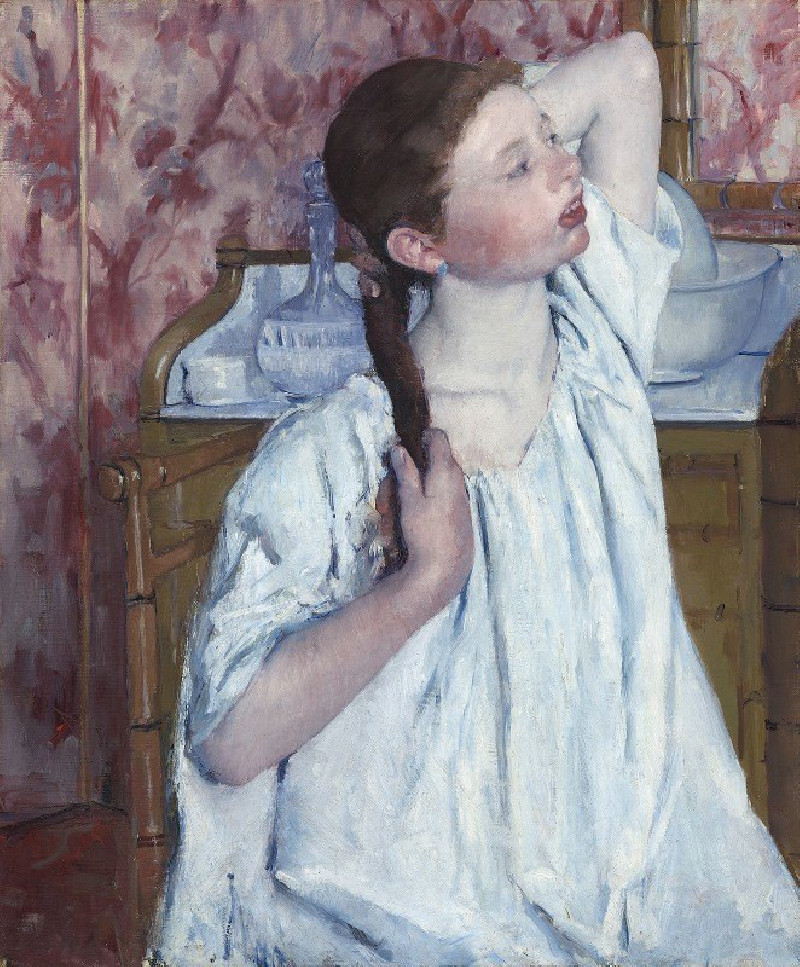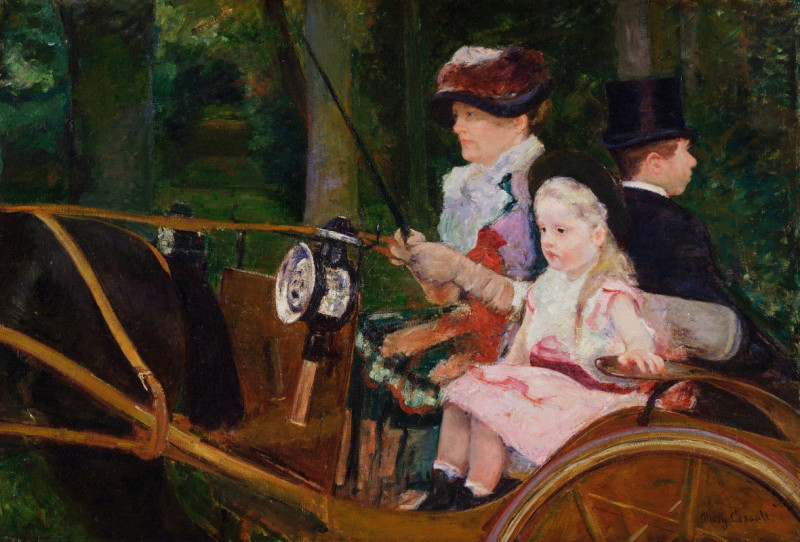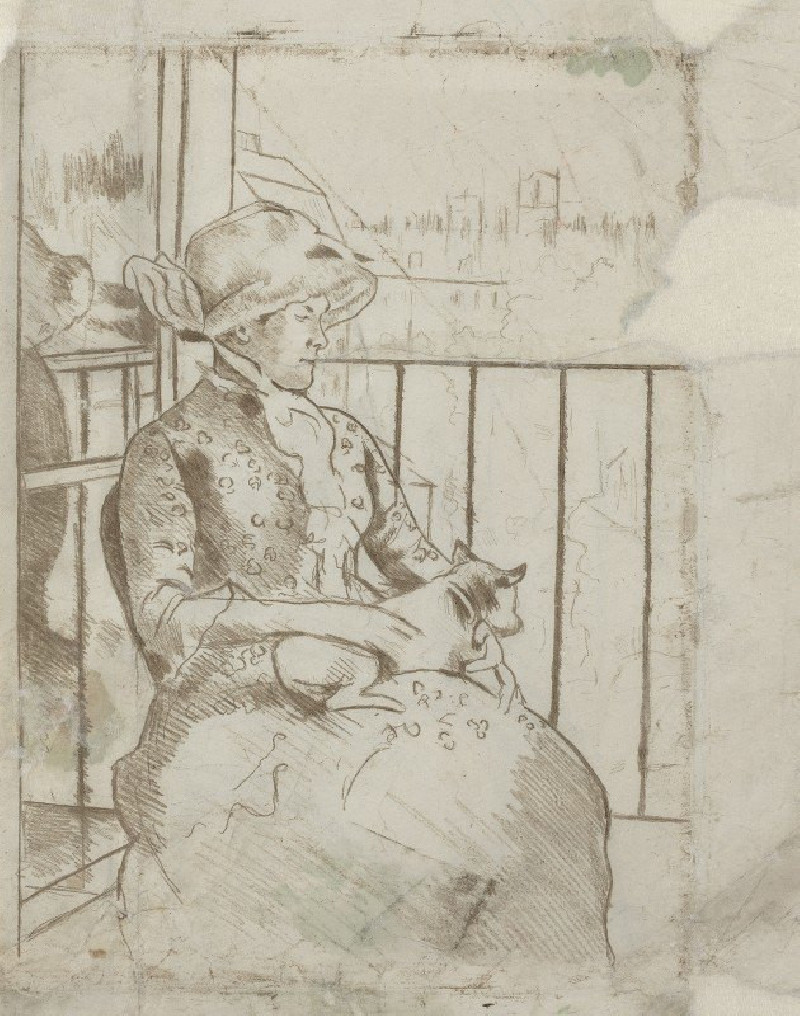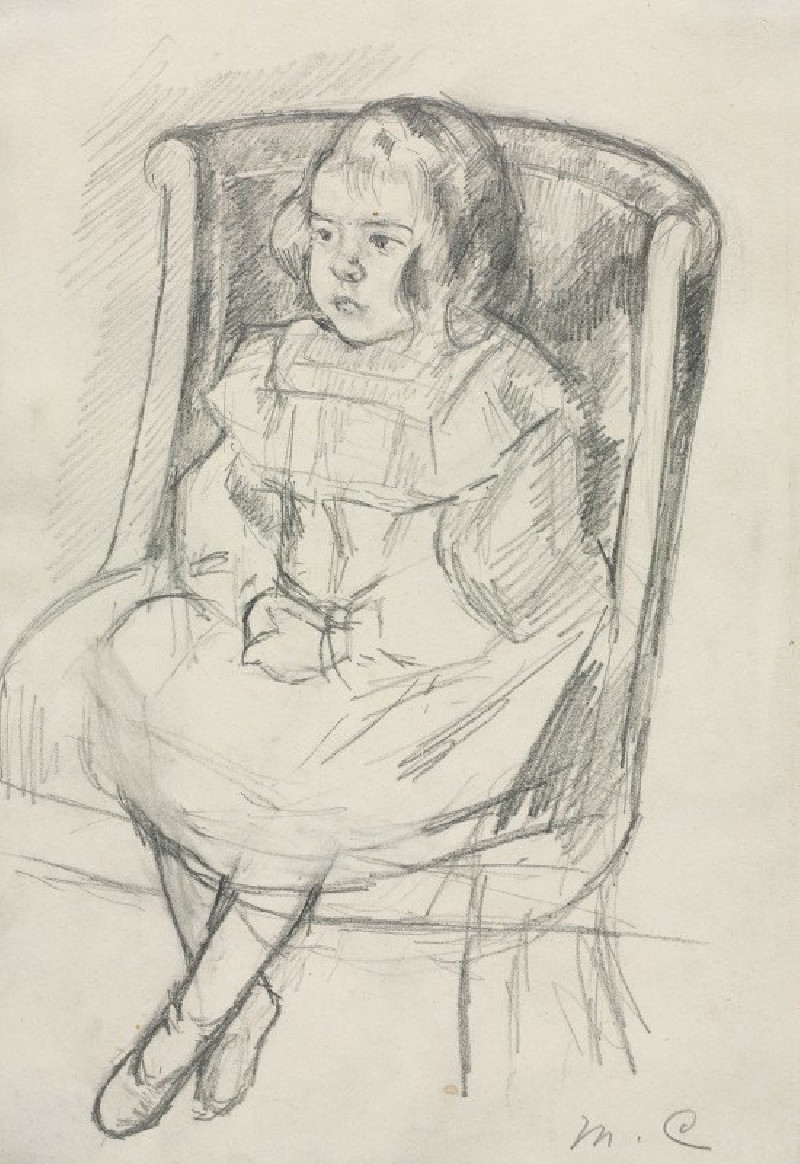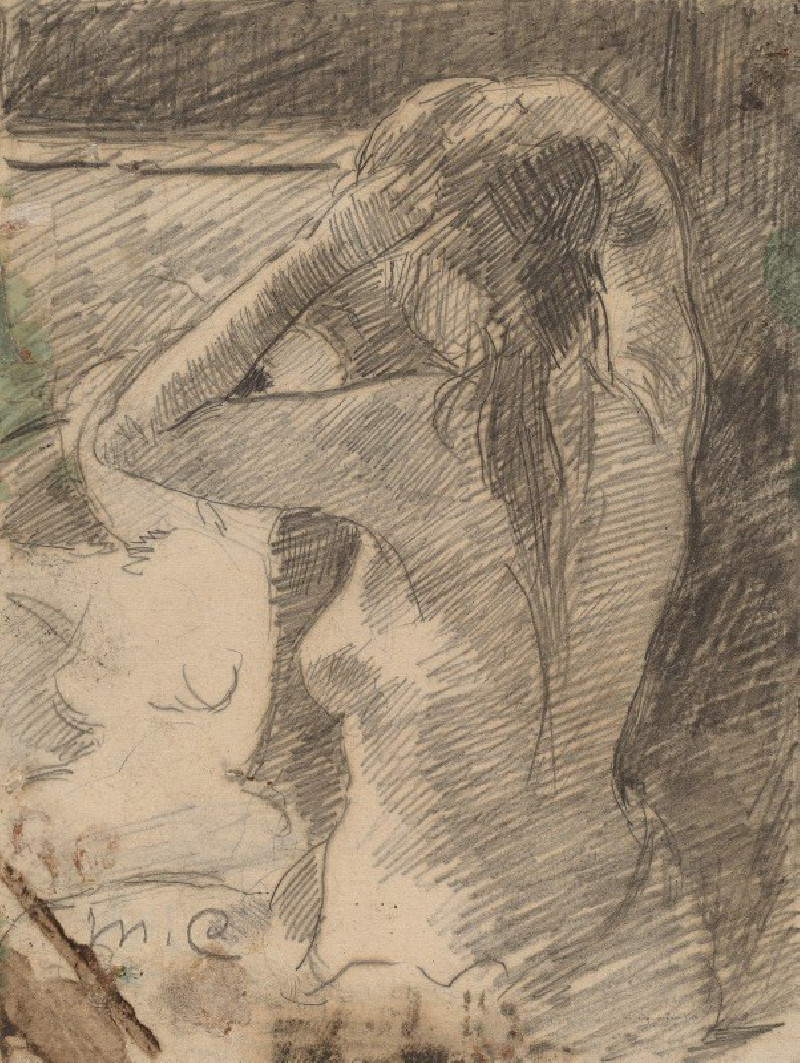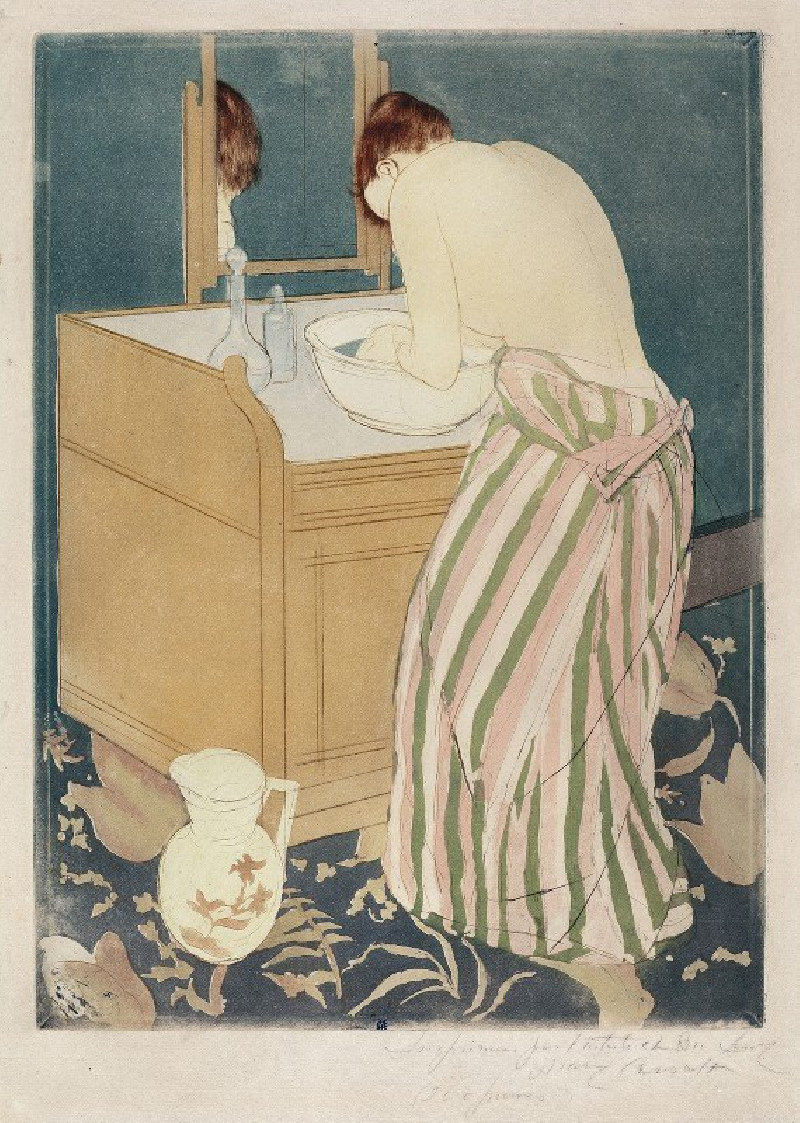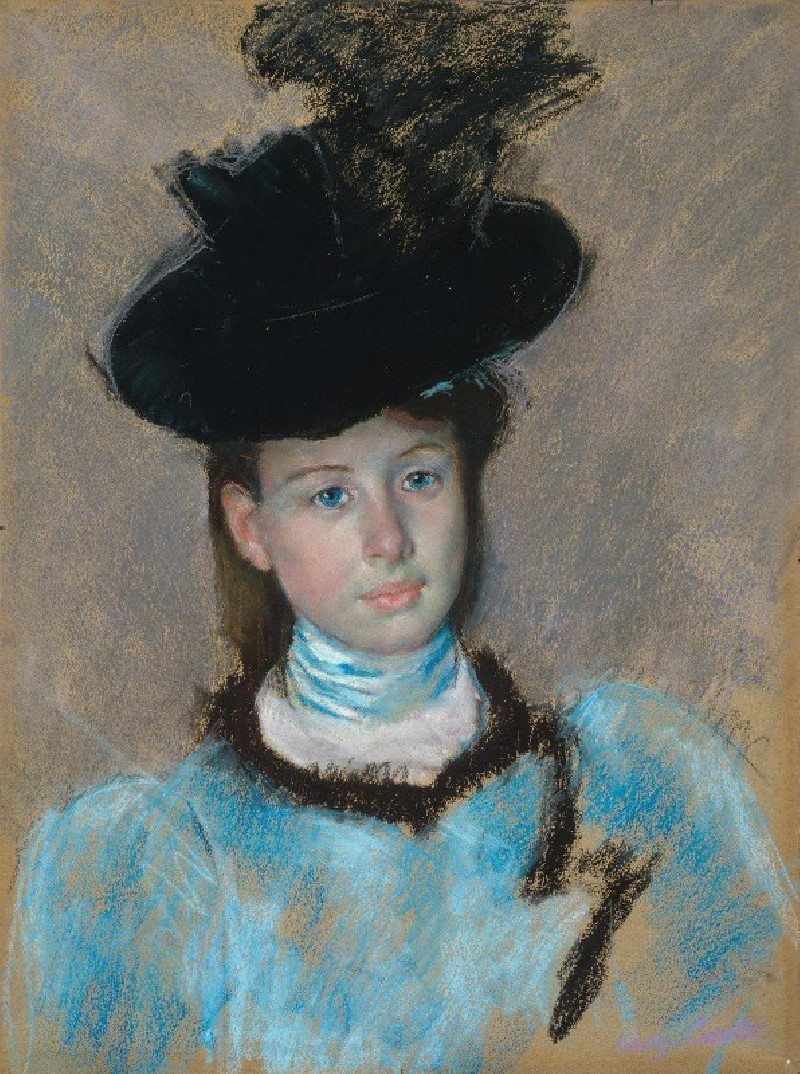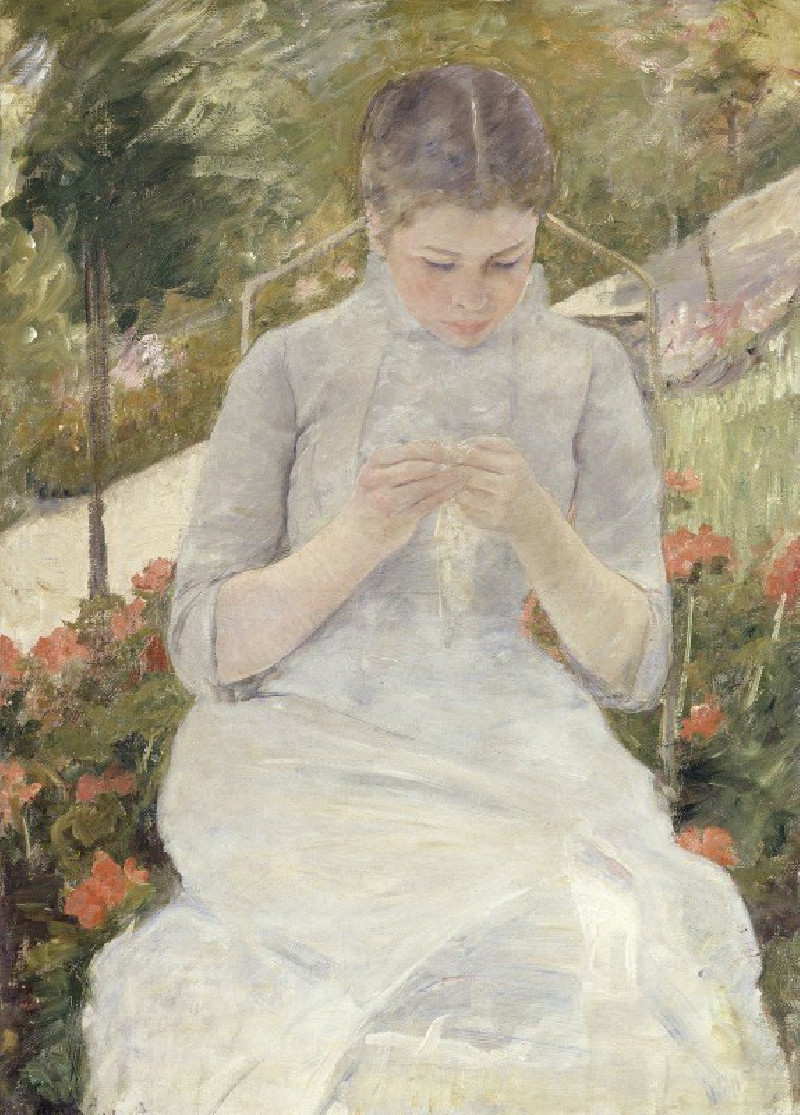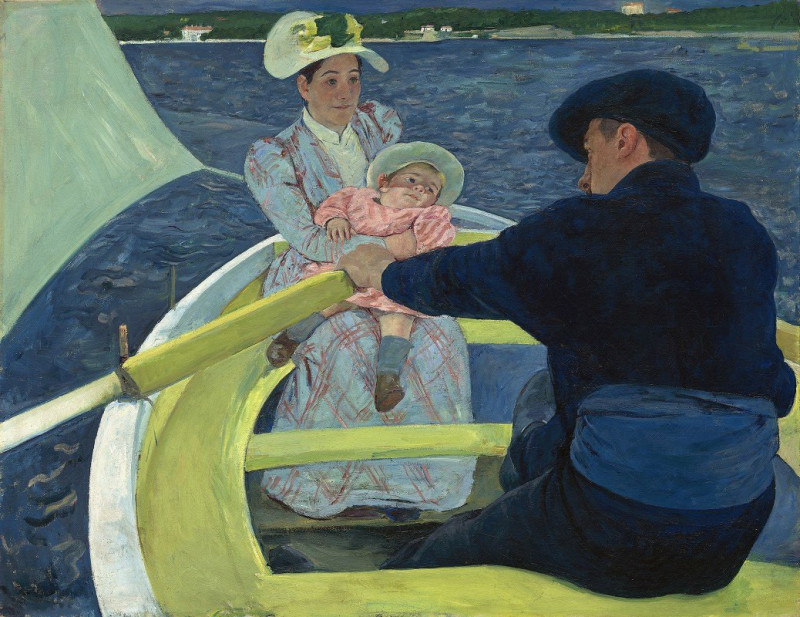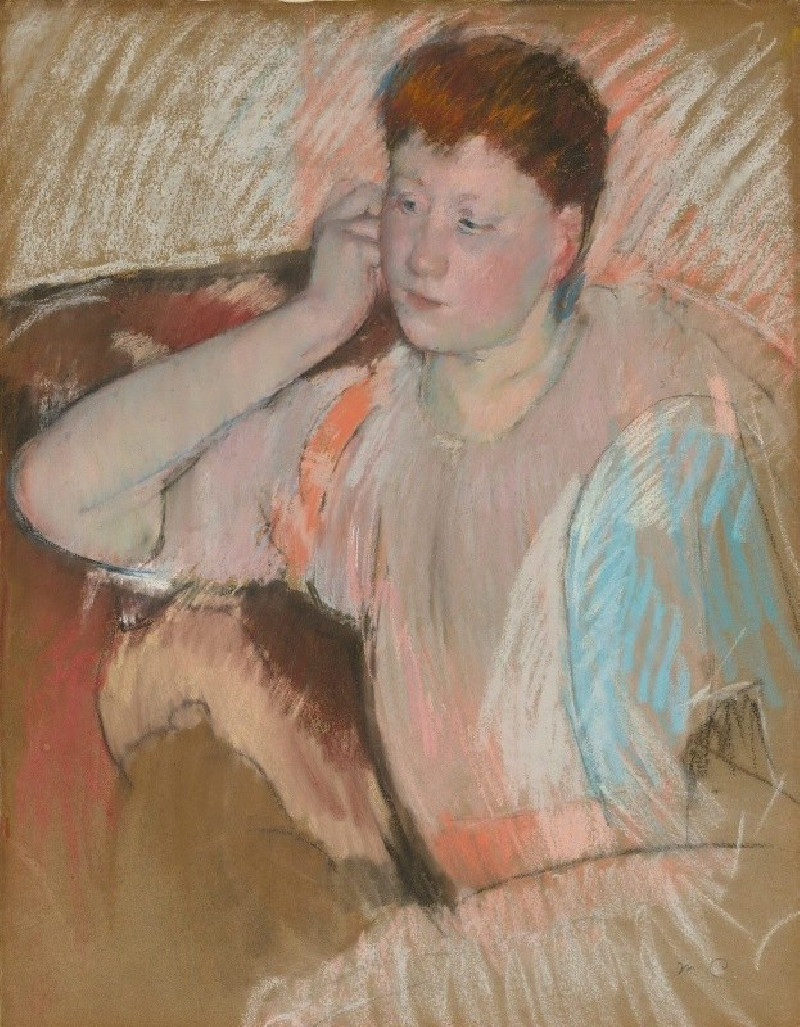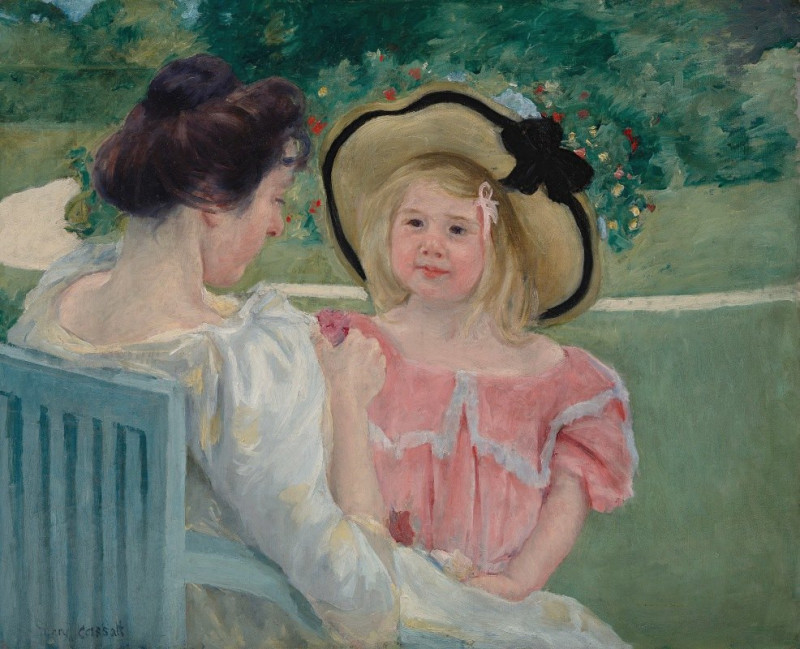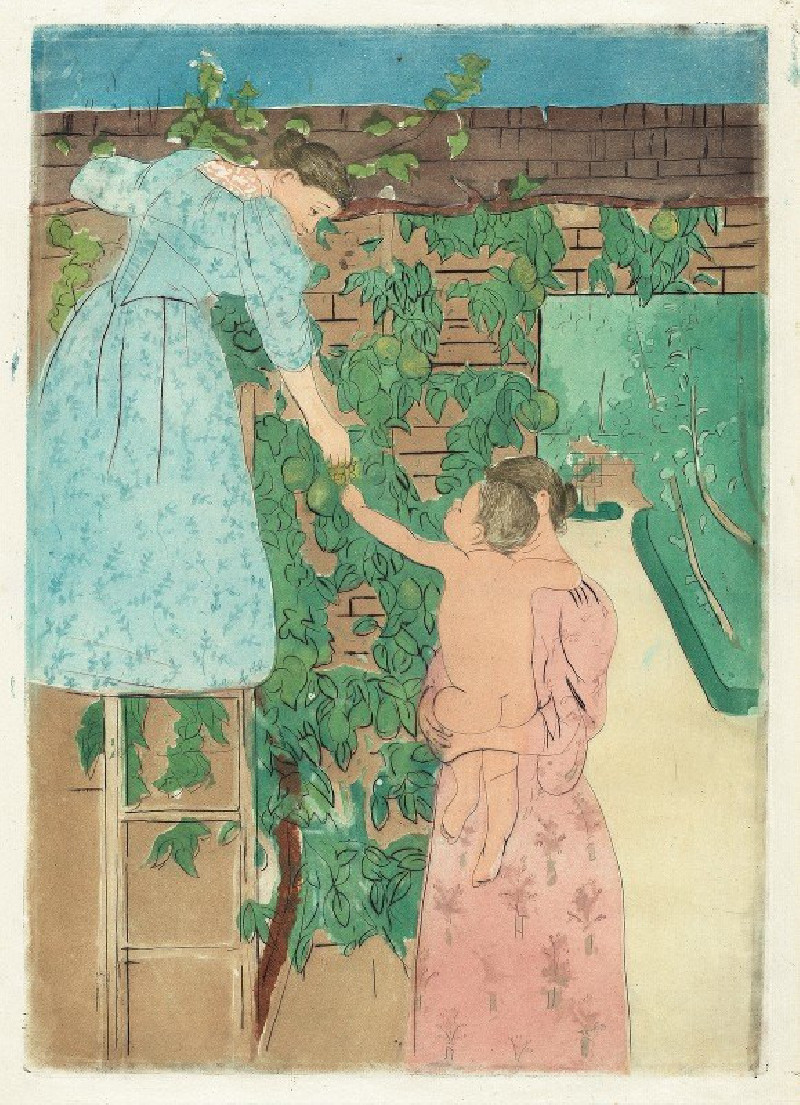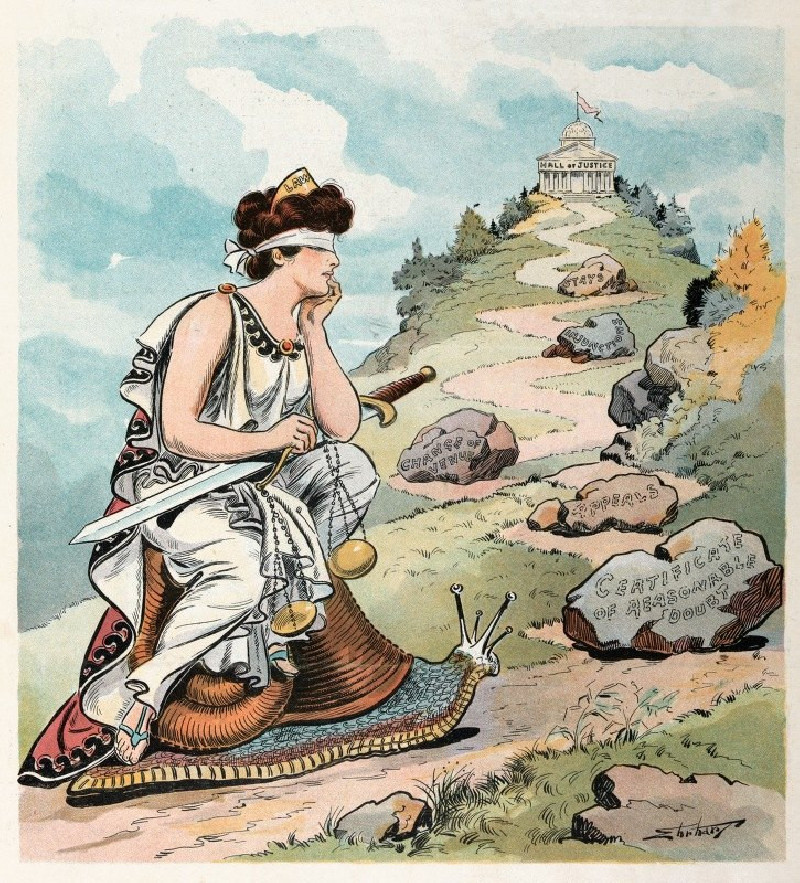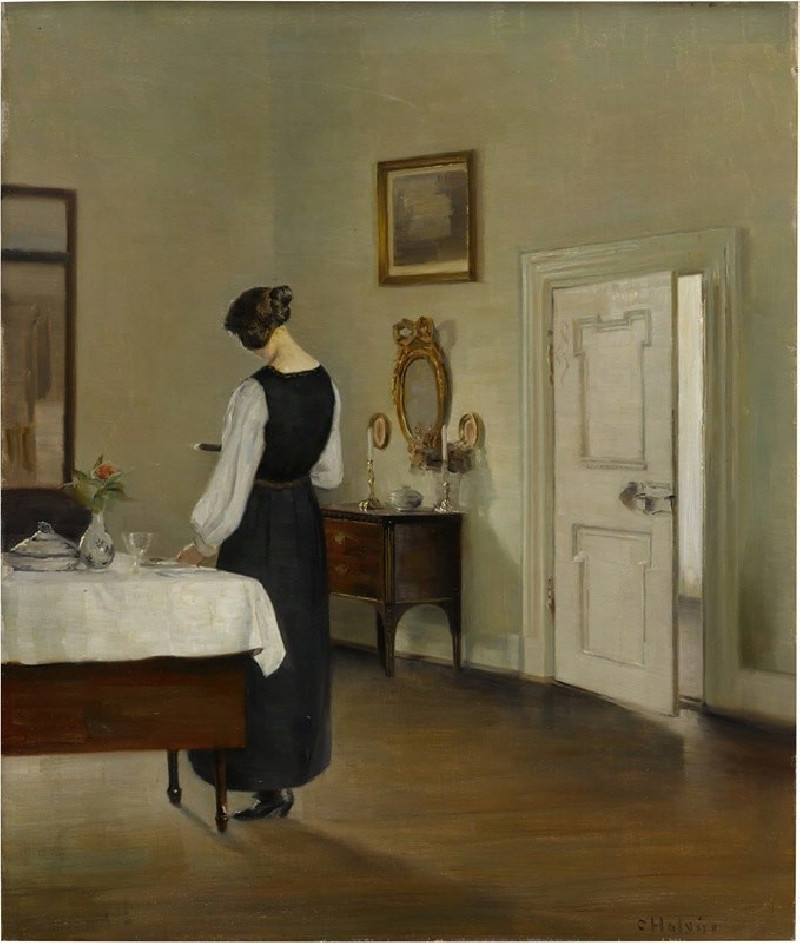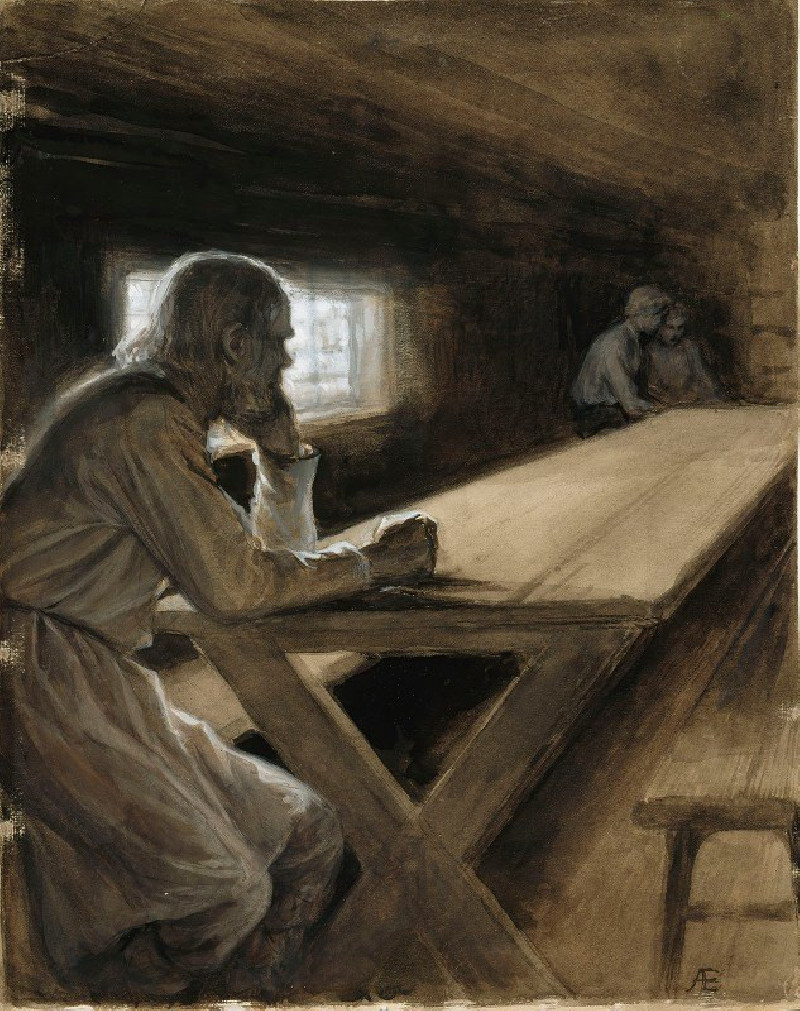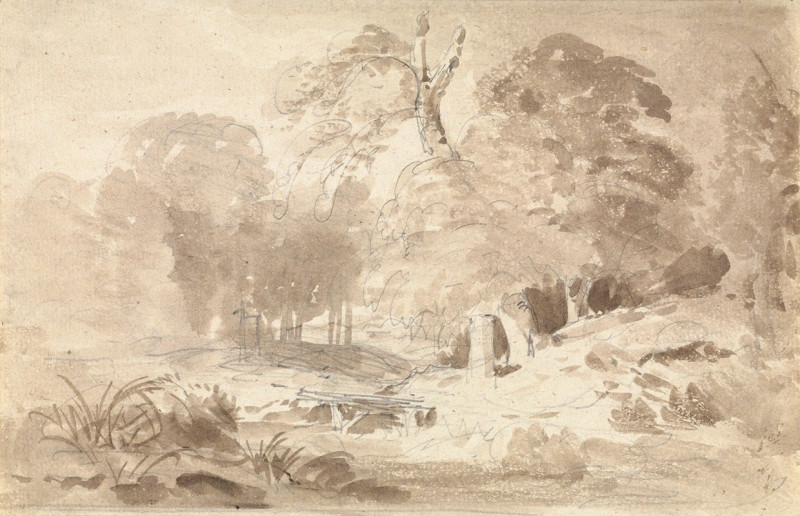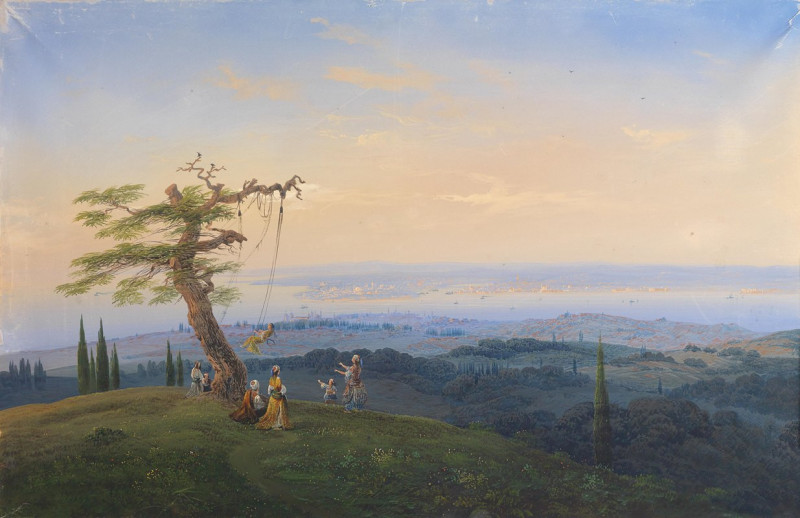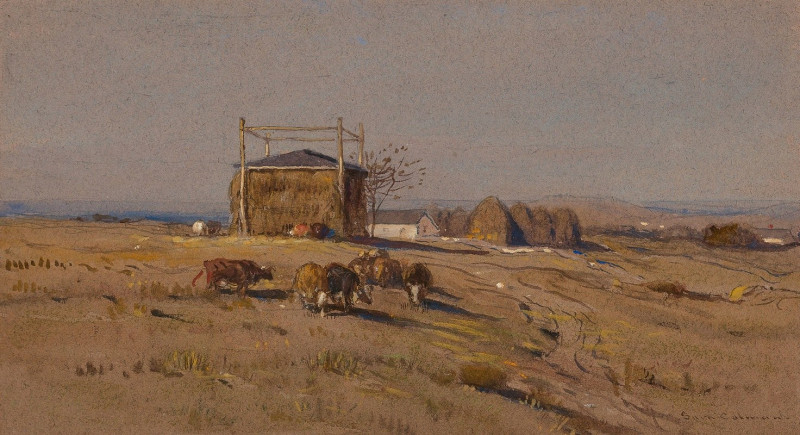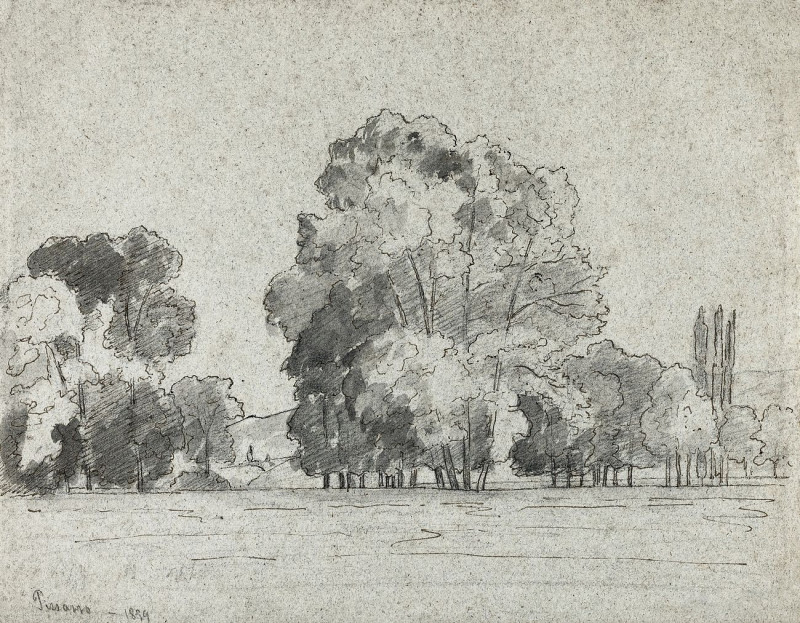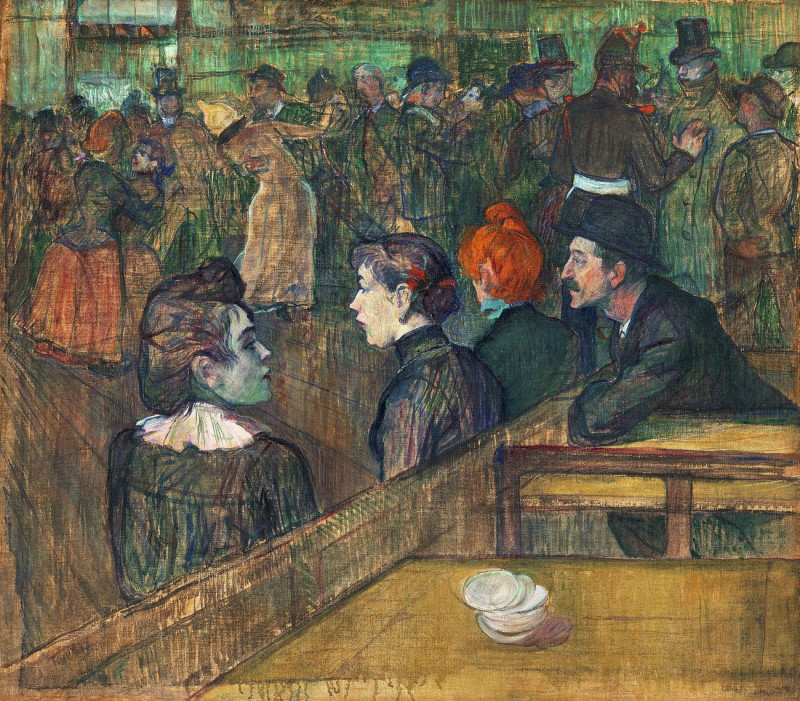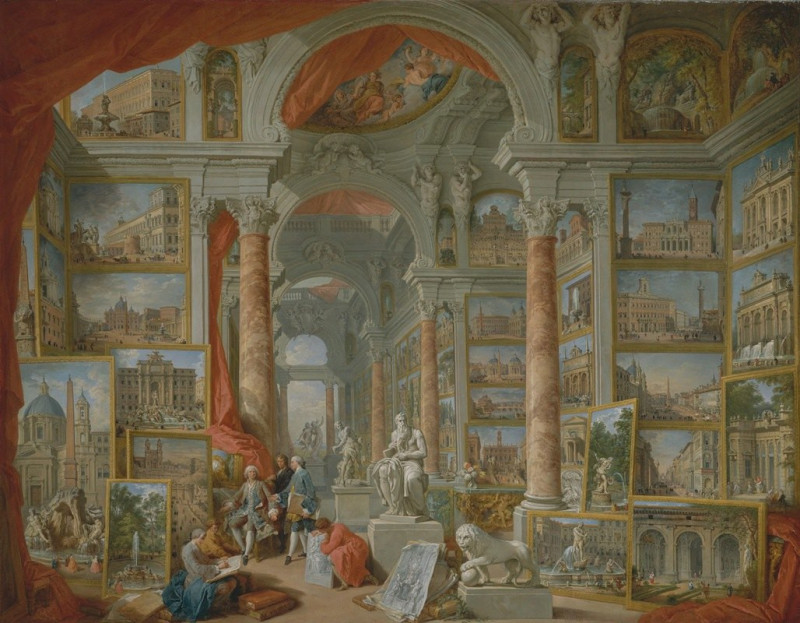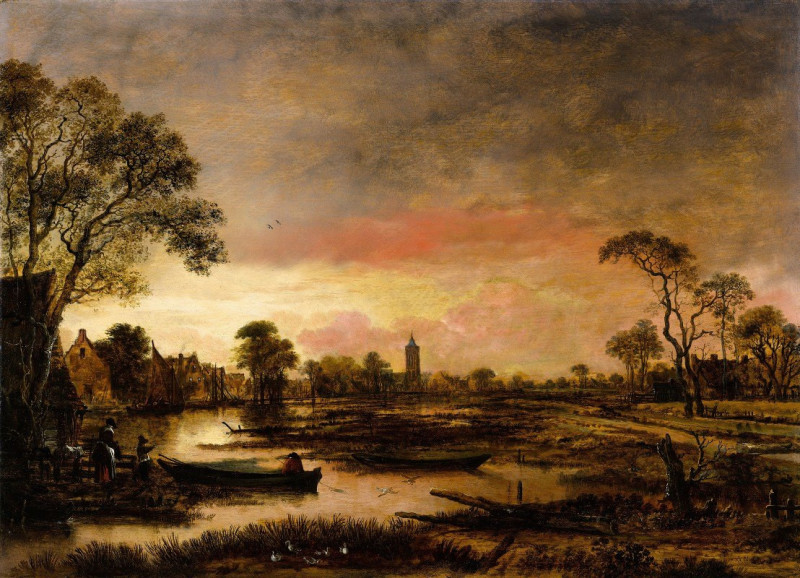Eddy Cassatt (Edward Buchanan Cassatt) (1875)
Technique: Giclée quality print
Recommended by our customers
More about this artwork
“Eddy Cassatt (Edward Buchanan Cassatt)” is a captivating portrait painted by the distinguished American painter Mary Cassatt in 1875. This artwork features Edward Buchanan Cassatt, the son of the artist's brother, captured at a tender age. Clothed in a striking red velvet suit complemented by a frilled white lace collar and cuffs, young Eddy stands poised yet with an expression that conveys a hint of childhood unease or solemnity. The deep, rich colors of his attire contrast beautifully against the darker, muted background, drawing the viewer's eyes directly to him.At Eddy’s side is his faithful companion, a scruffy and attentive terrier, held firmly on a leash. This addition not only adds a touch of everyday life and companionship to the portrait but also showcases Cassatt’s skilled depiction of various textures from the soft lace to the dog’s wiry fur. The informal elements, such as the toy lying on the floor, suggest a snapshot of everyday aristocratic life, giving the painting a personal and intimate feel.Mary Cassatt's work often focused on the social and private lives of women, with special emphasis on the bonds between children and their caregivers. In this painting, however, she explores the childhood of a boy, delving into the subtleties of young masculinity framed within the family context, which adds a unique composition to her renowned body of work.
Delivery
Returns
Mary Stevenson Cassatt was an American painter and printmaker. She was born in Allegheny City, Pennsylvania (now part of Pittsburgh’s North Side), but lived much of her adult life in France where she befriended Edgar Degas and exhibited with the Impressionists. Cassatt often created images of the social and private lives of women, with particular emphasis on the intimate bonds between mothers and children.
She was described by Gustave Geffroy as one of "les trois grandes dames" (the three great ladies) of Impressionism alongside Marie Bracquemond and Berthe Morisot.In 1879, Diego Martelli compared her to Degas, as they both sought to depict movement, light, and design in the most modern sense.

